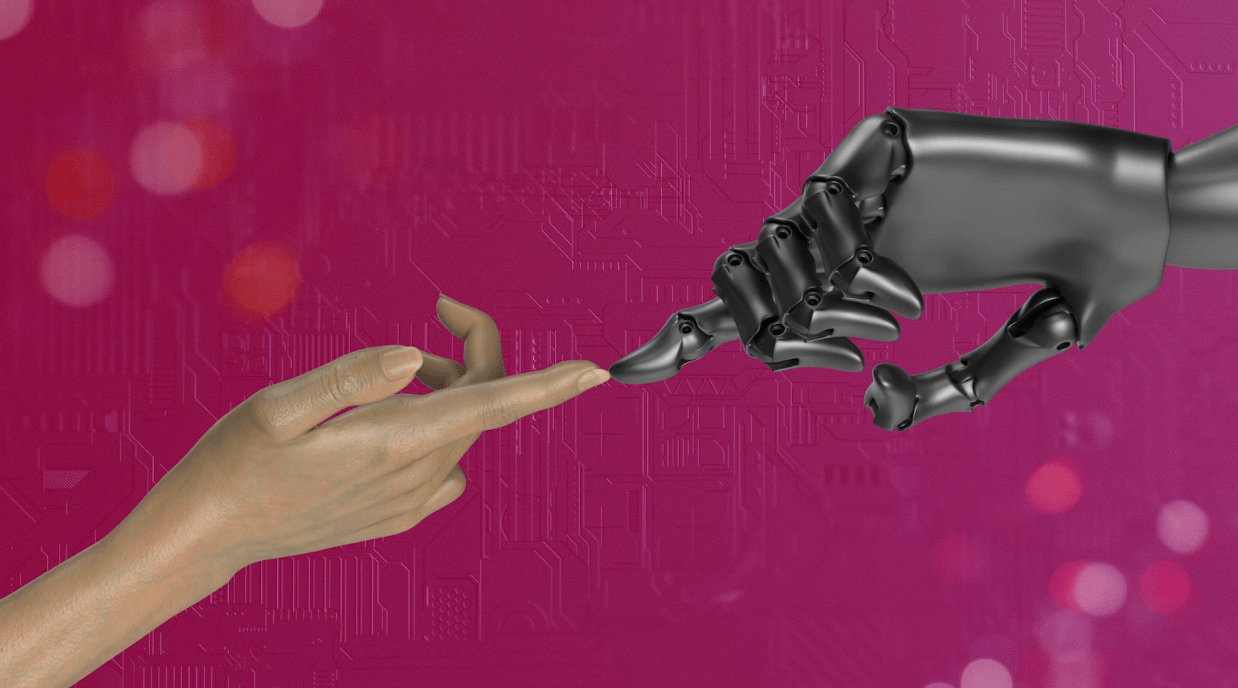Maintenance of a product means having to plan for the expected and unexpected and ensuring that preventive and corrective maintenance is performed on time and when an event occurs, respectfully.
Typically, the product life is similar to the shape of a “bathtub” which is an illustrated plot of the failure rate versus time. There are three phases of the bathtub: the infant mortality, useful life period, and the wear out period. The infant mortality phase is an exponentially decreasing curve while the wear out phase is the converse or increasingly exponential curve.

Preventive maintenance is scheduled maintenance which, statistically speaking, is based on calculations and judgment by the manufacturer for the life of the product. Developmental testing, engineering, and design efforts are used in determining how much periodic maintenance and what type are performed and by whom. Some examples of preventive maintenance may include the replacement of filters, tubing, application of grease or lubricants, hoses or belts, and may require re-calibration. The replacement items are usually available and may be considered as consumables due to the fact that they are a commodity for owners. The amount of labor and the time elapsed to complete the process are usually minimal. In some cases, performing preventive maintenance may expand the life of the product.
Another type of maintenance repair is corrective maintenance which is to say that it is only required when a failure occurs. This type of maintenance usually implies a more costly expense and one which may require specialized equipment or training. There is some expectation on the part of the manufacturer that preventive maintenance be performed according to their schedules so as to minimize the likelihood of the need or occurrence of an event leading to corrective maintenance. One factor that may be as important is whether the part, component, or subassembly is available and how quickly may it be obtained as part of the repair.
Reliability centered maintenance is another type and one which may be best identified by three elements: A reactive element, preventive element, and a predictive element. The major focus of reliability centered maintenance is to identify the criticality and cost of down time. This type of maintenance includes root cause analysis, prioritization of personnel and resources, reduction of the unexpected corrective maintenance events, and is very reliant upon the predictability of repairs. Additionally, predictive maintenance is a smaller type of maintenance category and one which is designed to predict an actual failure and prevent the occurrence of the same. Overall, the reliability centered maintenance includes sometimes six priorities ranging from emergency to deferred maintenance; the equipment list is prioritized based on the priority list.
Computer-based maintenance repair software is developed to automate and integrate the many facets of maintenance and types into one application. The software typically includes an inventory component, asset location, preventive maintenance, corrective maintenance, work order generation, costs, task time tables and labor categories, tool and equipment inventory, both personnel and maintenance scheduling, and technical documentation including task procedures.























Find Us on Social Media
A MarTech - Marketing and Technology Blog